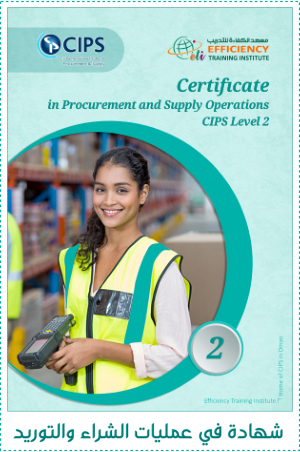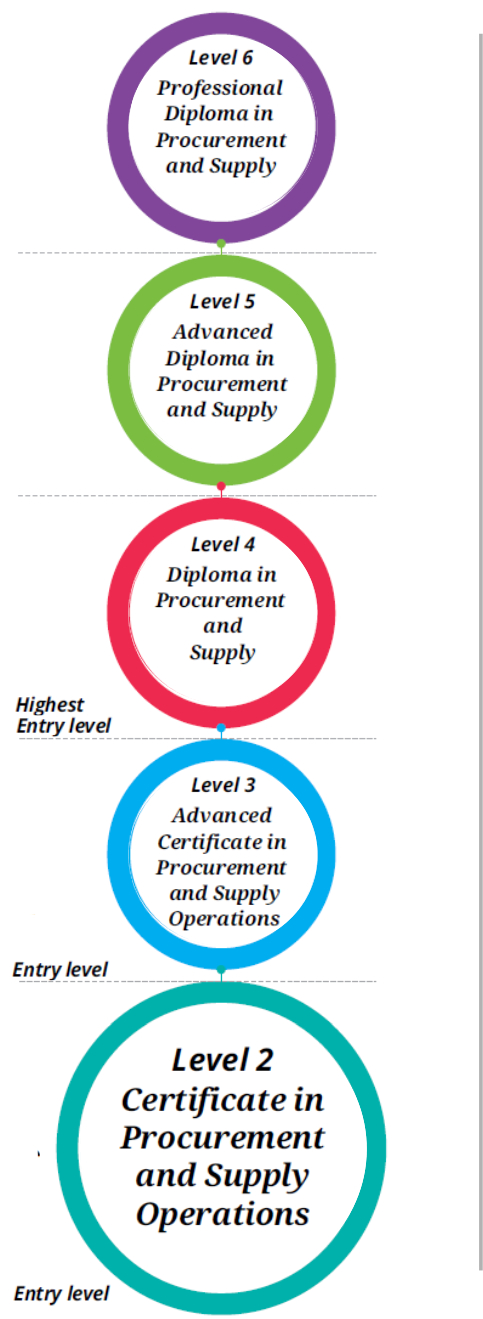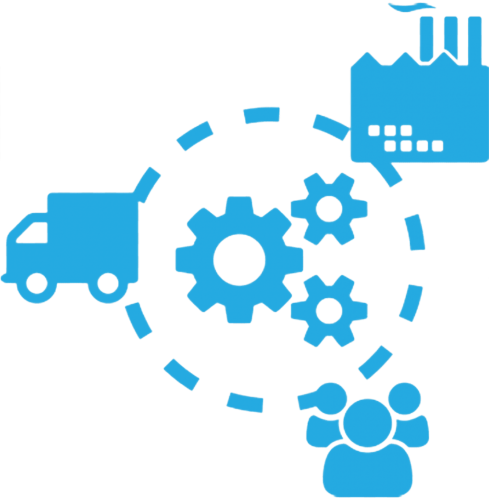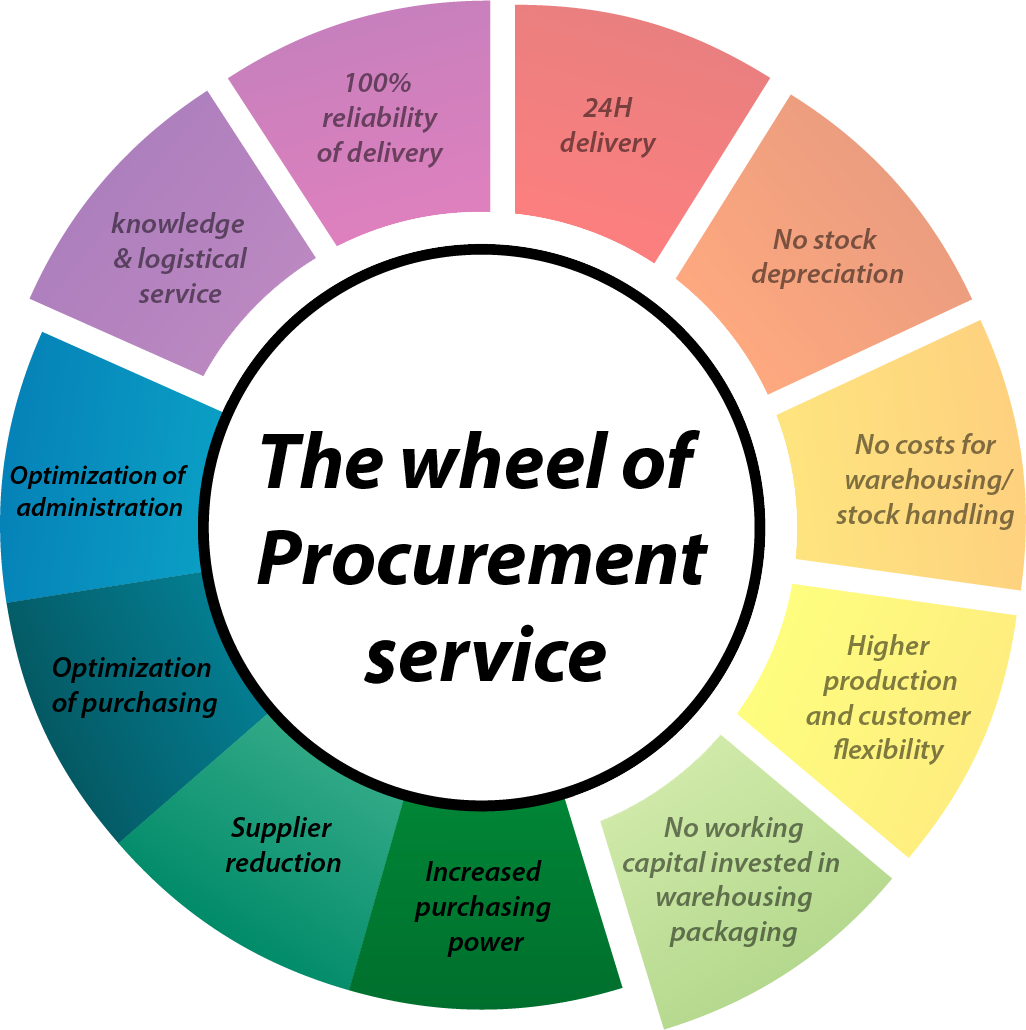 +968 2461 3152
+968 2461 3152 info@etioman.com
info@etioman.com
Certificate in Procurement & Supply Operations
Your qualifıcation
 CIPS qualifications are regulated internationally to ensure we offer a recognised, professional standard in procurement and supply. CIPS Level 2 Certificate in Procurement and Supply Operations is a vocationally related professional qualification. Formal recognition is included within the regulatory frameworks of an increasing number of countries such as the UK (England, Wales and Northern Ireland), UAE (including Dubai) and Africa (including Zambia). CIPS members can have the confidence in our regulated qualifications, which reliably indicate the standard of knowledge, skills and understanding that you, as a learner, are required to demonstrate.<
CIPS qualifications are regulated internationally to ensure we offer a recognised, professional standard in procurement and supply. CIPS Level 2 Certificate in Procurement and Supply Operations is a vocationally related professional qualification. Formal recognition is included within the regulatory frameworks of an increasing number of countries such as the UK (England, Wales and Northern Ireland), UAE (including Dubai) and Africa (including Zambia). CIPS members can have the confidence in our regulated qualifications, which reliably indicate the standard of knowledge, skills and understanding that you, as a learner, are required to demonstrate.<
This is the first of CIPS entry level qualifications and is suitable for those who want to specialise in a specific occupation, occupational area or technical role. It will prepare learners for work by giving them the opportunity to develop sector specific knowledge, technical and practical skills, and to apply these skills in work-related environments. This qualification supports learners within operational roles within the procurement and supply profession. Developed in close collaboration with experts from the procurement and supply profession and businesses, and with the providers who will be delivering the qualifications, CIPS Level 2 Certificate in Procurement and Supply Operations is designed to develop transferable workplace skills, such as good communication and the ability to work in a team; skills which employers have identified as essential for gaining employment in the sector and for progression in the profession.
 Who is it for?
Who is it for?
For anyone new to the profession, with little or no business experience and those aspiring to move into a career in procurement and supply. It is also ideal for managers in other professions and business leaders or entrepreneurs who need to understand how procurement should function and its overall impact on business success.
What will I learn?
Come away with a clear knowledge and understanding of facts, procedures and processes related to procurement and supply. You’ll be able to effectively interpret information and ideas, and learn how to identify, gather and use relevant information.
Entry requirements
This is the first entry level qualification, there are no formal entry requirements.
About our exams and your study commitments
Objective Response exam format (OR)
These questions allow you to select a response from a list of possible answers. You will find these types of exams across all our qualifications levels and they are marked by computer and then moderated by CIPS examiners.
Total exam time
All the modules in CIPS qualifications are assessed by an examination.

Module purpose
On completion of the module, learners will be able to identify the fundamental roles and activities, the systems, procedures, processes and contracts associated with the procurement and supply function.
Module aim(s)
In any organisation, many of the costs are related to the purchases of products and/or services. Any organisation will also be supplying products and/or services to their customers. This module is designed to provide an overview of the tasks associated with the procurement and supply chain function. It is designed for those who are interested in developing their knowledge of procurement and supply and for those who are new to this field of work. The module serves as the initial study for learners who are embarking on the CIPS Level 2 Certificate in Procurement and Supply Operations. Coverage is focused on introductions to concepts and ideas as well as to the terminology used in procurement and supply.
Learning outcomes, assessment criteria and indicative content
1-Understand the role of procurement and supply within organisations
• Identify the common terms that describe aspects of procurement and supply
• Explain the roles and benefits of procurement and supply in organisations
• Define components of a supply chain
2-Understand the organisational impact of procurement and supply
• Identify how effective procurement impacts on organisational efficiency
• Define the five rights of procurement and supply
3-Know how products and services are received from suppliers and delivered to customers
• Identify the delivery of products and services made by external suppliers
• Identify the delivery of products and services that organisations make to customers
4-Know the stages of the sourcing process
• Indicate stages of a sourcing process
5-The need for the effective and efficient administration of purchases made with external suppliers
• Describe and explain effective and efficient administration
• Describe and explain effective and efficient administration
• Describe the administration of the award and post award stages of a sourcing process
• Explain the need for approvals in the administration of procurement and supply
6-Know the importance of ethics and responsible procurement in organisations and supply chains
• Identify good ethical practices and procedures within the context of the procurement
Procurement and Supply Operations[L2M2]
Module purpose
On completion of the module, learners will be able to identify types of business organisations. They will define the fundamentals and components of the contracting process, identify sources of information on suppliers and customers and define pricing methods used for the purchasing of goods or services.
Module aim(s)
In any organisation, a significant element of the procurement and  supply function is based around the contracting process. This module is designed for those involved in the procurement and supply operation who, to ensure success must demonstrate knowledge and comprehension of the associated components and systems that are at their disposal to support the contracting process. They must also know where sources of information on suppliers and customers are and recognise the advantages and disadvantages of pricing methods used for the purchasing of goods or services.
supply function is based around the contracting process. This module is designed for those involved in the procurement and supply operation who, to ensure success must demonstrate knowledge and comprehension of the associated components and systems that are at their disposal to support the contracting process. They must also know where sources of information on suppliers and customers are and recognise the advantages and disadvantages of pricing methods used for the purchasing of goods or services.
Learning outcomes, assessment criteria and indicative content
1-Know the types of organisations and how they operate
• Identify the types of business organisations
• Describe how organisations operate
• Identify the key operating functions within organisations
2-Know the components of contractual agreements
• Identify types of contracts
• Identify the kind of pricing arrangements applied in commercial contracts
• Define the different documents that compose a contract for the purchase or supply of goods or services
3-Understand sources of information on suppliers and customers
• Explain the use of the Internet to locate details about suppliers and customers
• Explain the use of credit rating agencies
• Describe systems used in procurement and supply
4-Understand pricing methods used for the purchasing of goods or services
• Explain the advantages and disadvantages of a range of pricing methods


Module purpose
On completion of this module, learners will be able to define stakeholders and explain the key market factors that impact on the procurement and supply function. They will also define the role of effective communication in the successful development and maintenance of internal and external relationships.
Module aim(s)
In any organisation, much of the procurement and supply function is based around the development and maintenance of relationships with internal or external stakeholders. This module is designed for those involved in the procurement and supply operation who must identify stakeholders and key market factors which affect procurement and supply success. They must also know the communication tools and techniques that will ensure successful working relationships.
Learning outcomes, assessment criteria and indicative content
1-Know the stakeholders in procurement & supply
• Define external stakeholders in procurement and supply
• Identify internal stakeholders that can be involved in purchases from suppliers and supplies delivered to customers
• Describe how internal and external stakeholders influence procurement and supply activity
2-Know the key market factors that impact on a procurement and supply function
• Identify the key economic sectors that impact on a procurement and supply function
• Indicate the impact of demand and supply on markets
• Describe how market factors impact on the procurement and supply activities of an organisation
• Identify the contribution that marketing makes to develop customer and supplier relationships
3-Understand the techniques associated with successful and effective communication in procurement and supply
• Describe and explain approaches to build rapport with internal and external stakeholders
• Explain methods of negotiating with suppliers and customers
• Recognise all elements of the communication cycle
• Describe the key characteristics of successful and effective team working
4-Know approaches for conflict resolution with stakeholders in procurement and supply
• Identify the types of information that can be exchanged between purchasers and suppliers
• Indicate how conflict can arise in the work of procurement and supply
• Identify approaches to conflict resolution with stakeholders in procurement and supply
Achieving buy-in from stakeholders Systems Technology [L2M4]
Module purpose
On completion of this module, learners will be able to define the uses of, and identify the advantages offered by systems technology in improving procurement and supply activity whilst maintaining overall quality.
Module aim(s)
The impact of Internet based technologies and the use of data base information systems is key to the ability of the organisation to manage its expenditures on goods and services. This module is designed for those involved in the procurement and supply operation who, to ensure success must identify advantages of current technology but must also know the importance of quality management as efficiencies are sought through continuous improvement to organisational performance.
Learning outcomes, assessment criteria and indicative content
1-Understand the use of systems technology and databases and how they contribute to procurement and supply
• Explain how to use systems technology and databases to contribute to effective procurement and supply
• Recognise how the use of the Internet, intranets and extranets leads to effective procurement and supply
• Explain the role of e-sourcing and e-tendering systems in procurement and supply
2-Know types of systems for supplier selection, ordering and payment
• Describe the use of electronic sourcing systems for supplier selection and profiling
• Identify systems used in procurement and supply
• Identify the use of P2P (purchase to pay) systems for ordering from suppliers and payment to suppliers
3-Know why quality management is important in procurement and supply
• Identify components of quality management in procurement and supply
• Identify the costs of quality
• Identify techniques associated with quality assurance and quality management
Inventory, Logistics and Expediting [L2M5]
Module purpose
On completion of this module, learners will be able to identify the key role that inventory has to play and define the principles and processes associated with effective logistics control, explaining how effective expediting can be achieved in procurement and supply.
Module aim(s)
Inventories can account for a significant cost for many organisations. This module has been designed to enable learners to appreciate the concept of inventory and to explain contemporary methods for reviewing and planning effective inventory control. The module also focuses on the logistics challenge and on effective logistics control measures. Finally, learners will be able to explain how effective expediting can be achieved in procurement and supply through effective planning and processing.
Learning outcomes, assessment criteria and indicative content
1-Know the key elements of effective inventory
• Identify the classifications of different types of inventory
• Identify the direct and indirect costs of holding inventory
• Identify techniques associated with inventory control
• Identify the key aspects associated with the handling, packaging and storage of supplies
2-Understand the principles and processes associated with effective logistics control
• Identify the key principles of stores and warehousing facilities
• Identify the strengths and weaknesses associated with modes of freight transportation
• Identify types of Incoterms in international logistics.
• Identify legislative regulations that affect international sourcing